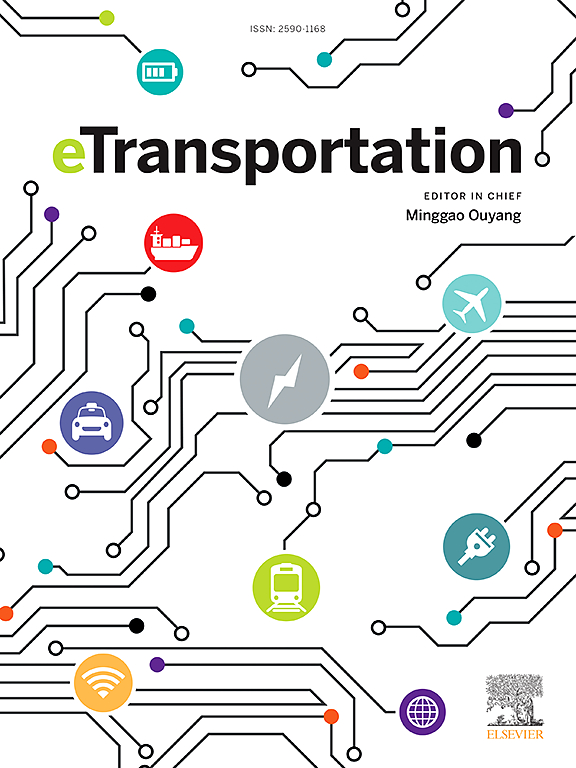High flame retardant composite phase change materials with triphenyl phosphate for thermal safety system of power battery module
Abstract
The thermal safety of battery pack has attracted much attention accompany with the growth in electric vehicles (EVs) in recent years. Although various battery thermal management systems (BTMS) are investigated by many research, the thermal runaway propagation (TRP) of battery packs under extremely abused conditions is just at the level of structural design and theoretical model. How to explore an innovative technology to improve the integrated thermal safety including the BTMS and TRP is still a great challenge. In this study, a multifunctional flame-retardant paraffin (PA)/styrene-butadiene-styrene (SBS)/expanded graphite (EG)/methylphenyl silicone resin (MPS)/triphenyl phosphate (TPP) composite phase change material (PSEMT) has successfully prepared. Besides, it has applied in 26650 ternary power battery modules. When the proportion of MPS and TPP is 1:2, the experimental results reveal that PSEMT possesses high thermal stability, and excellent flame-retardant properties owing to synergistic flame-retardant effect with phosphorus and silicon. Further, the cylindrical 26650 battery module with PSEMT exhibits optimum thermal management performance. Even at 2C discharge rate after ten cycles, the maximum operating temperature of battery module can still be maintained below 50 °C, and the maximum temperature difference is controlled within 4.6 °C. Additionally, it displays an excellent thermal runaway suppression through triggering by multiple heat sources. What's more, the battery with PSEMT can suppress the peak temperature and delay the occurrence time of thermal runaway. Therefore, it can be induced that the battery module with PSEMT can effectively avoid heat accumulation and significantly reduce its thermal safety risk. This study offers a new solution with promising prospects from the perspectives of energy storage and EVs, for balancing the temperature inconsistencies in batteries and suppressing thermal runaway in the battery packs.

 求助内容:
求助内容: 应助结果提醒方式:
应助结果提醒方式:


